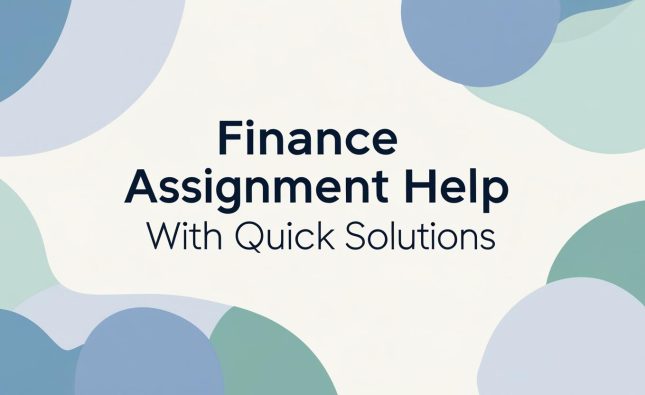
Energy markets have been a topic of heated debate among experts and industry players alike. Recently, the Organization of Petroleum Exporting Countries (OPEC) has accused the International Energy Agency (IEA) of causing increased volatility in energy markets. This accusation comes as OPEC takes aim at US gas production, leading to rising oil prices and climbing imports in the country. In response to these allegations, IEA has come forward with its own perspective on the matter. So let’s dive deeper into this ongoing battle between two major players in the energy market.
IEA Responds to OPEC’s Accusations of Increased Volatility in Energy Markets
The IEA has responded to OPEC’s accusations of increased volatility in energy markets, stating that the organization’s claims are unfounded. The agency argued that its role is to provide accurate and reliable information on global energy markets, which helps policymakers make informed decisions.
Moreover, the IEA highlighted that its projections have been more accurate than OPEC’s over recent years, providing a better insight into market trends. Despite this fact, both organizations share different views on how the future of energy will look.
The IEA predicts that oil demand will continue to rise until 2040 before plateauing while highlighting an increasing need for renewable sources of energy. Conversely, OPEC states that oil demand will remain strong until 2045-50 and sees no significant threat from renewables.
While there may be differing opinions within the industry about where we’re headed with regards to our future energy needs and reliance on fossil fuels or greener alternatives – it is clear there is still much to be done in terms of cooperation between these groups if they hope to make meaningful progress towards achieving shared goals.
OPEC Takes Aim at US Gas Production
The Organization of the Petroleum Exporting Countries (OPEC) has taken aim at US gas production in recent statements. This move is not surprising, as US oil and gas production growth has been a significant challenge to OPEC’s market share in recent years.
Despite increased investment in renewable energy sources, global demand for natural gas remains strong, and the United States is currently one of the largest producers of natural gas globally. However, OPEC believes that this increase in US production will lead to greater volatility in energy markets.
One key factor behind OPEC’s concern is shale oil extraction technology. The process involves injecting water, sand and chemicals into underground rock formations to release trapped hydrocarbons. While it has had a major impact on boosting U.
S. crude output and reducing reliance on imports, there are concerns about its environmental consequences.
Another issue with shale oil extraction is that it requires significant investments upfront before any returns can be realized. This means that smaller companies could struggle if prices fall or financing becomes difficult to obtain.
While OPEC may have legitimate concerns about the potential risks associated with increased U.
S. natural gas production, it remains uncertain how much impact their actions will have on global markets over time. Nonetheless, ongoing tensions between these two groups are likely to continue shaping energy policies around the world for many years to come.
Oil Prices Rise as US Imports Climb
As the energy market continues to evolve and shift, it’s clear that tensions between OPEC and the IEA are on the rise. While both organizations have different perspectives on what is driving increased volatility in energy markets, it’s clear that there are significant challenges ahead for all stakeholders.
One thing that is certain is that oil prices continue to be a key driver of global economic growth. With US imports climbing steadily in recent years, it remains to be seen how this trend will impact prices moving forward.
As we move into 2021, it’s likely that we’ll see continued debate about the best way forward for energy markets around the world. Whether through increased investment in alternative fuel sources or more collaboration between industry leaders, finding solutions to these complex problems will require ongoing effort and dedication from all involved parties.










